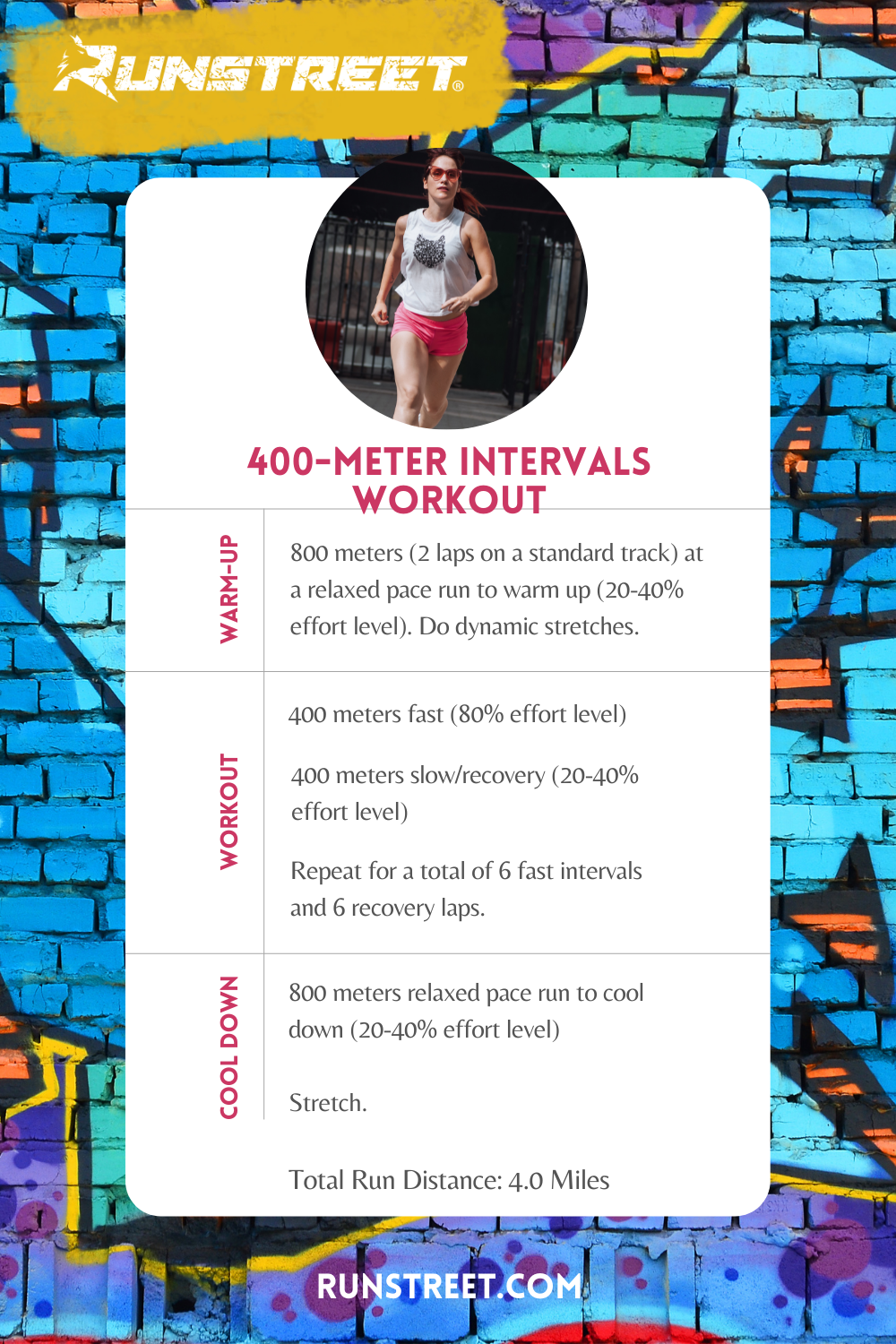Dealing With Common Running Discomforts: Causes, Solutions, and Avoidance
As runners, we frequently run into different pains that can hinder our efficiency and pleasure of this physical activity. From the incapacitating pain of shin splints to the bothersome IT band disorder, these usual running pains can be aggravating and demotivating. Recognizing the reasons behind these ailments is essential in properly addressing them. By discovering the origin factors for these running pains, we can reveal targeted options and safety nets to ensure a smoother and a lot more meeting running experience (read this article).
Common Running Discomfort: Shin Splints
Shin splints, a common running discomfort, usually result from overuse or inappropriate shoes throughout physical task. The repetitive anxiety on the shinbone and the cells connecting the muscular tissues to the bone leads to swelling and pain.
To avoid shin splints, people should progressively increase the strength of their exercises, wear suitable footwear with appropriate arch support, and keep flexibility and strength in the muscular tissues bordering the shin (running workout). Additionally, including low-impact tasks like swimming or biking can assist preserve cardiovascular physical fitness while permitting the shins to recover.
Typical Running Discomfort: IT Band Syndrome
Along with shin splints, another common running discomfort that professional athletes frequently encounter is IT Band Syndrome, a condition created by swelling of the iliotibial band that runs along the external upper leg and knee. IT Band Syndrome generally manifests as pain on the outside of the knee, particularly throughout tasks like running or biking. The iliotibial band is a thick band of fascia that connects the hip to the shin, and when it comes to be irritated or tight, it can scrub versus the thigh bone, bring about discomfort and discomfort.
Joggers experiencing IT Band Syndrome may observe a stinging or hurting experience on the external knee, which can aggravate with continued activity. Variables such as overuse, muscular tissue discrepancies, improper running type, or poor workout can contribute to the growth of this problem.
Common Running Discomfort: Plantar Fasciitis

Plantar Fasciitis can be credited to various variables such as try this overtraining, incorrect footwear, operating on tough surface areas, or having high arcs or flat feet. To stop and relieve Plantar Fasciitis, joggers can incorporate stretching exercises for the calves and plantar fascia, use supportive footwear, keep a healthy weight to lower pressure on the feet, and slowly increase running intensity to prevent abrupt stress on the plantar fascia. If signs persist, it is advised to get in touch with a health care professional for correct medical diagnosis and therapy choices to deal with the problem efficiently.
Typical Running Discomfort: Runner's Knee
After addressing the challenges of Plantar Fasciitis, one more prevalent issue that joggers commonly deal with is Jogger's Knee, an usual running pain that can hinder sports performance and cause discomfort throughout exercise. Jogger's Knee, also called patellofemoral pain syndrome, manifests as pain around or behind the kneecap. This condition is usually credited to overuse, muscle mass inequalities, improper running methods, or problems with the alignment of the kneecap. Runners experiencing this pain might feel a boring, hurting discomfort while running, increasing or down staircases, or after prolonged periods of resting. To avoid Runner's Knee, it is crucial to incorporate proper warm-up and cool-down routines, keep solid and balanced leg muscular tissues, use proper shoes, and slowly enhance running intensity. If signs and symptoms linger, consulting from a medical care specialist or a sports medicine professional is suggested to diagnose the underlying reason and develop a customized therapy strategy to reduce the discomfort and prevent additional issues.
Typical Running Pain: Achilles Tendonitis
Commonly afflicting runners, Achilles Tendonitis is a painful problem that impacts the Achilles tendon, triggering pain and possible constraints in physical activity. The Achilles tendon is a thick band of cells that links the calf bone muscles to the heel bone, essential for activities like running, leaping, and walking - see here. Achilles Tendonitis frequently creates because of overuse, improper footwear, inadequate stretching, or unexpected boosts in physical task
Signs And Symptoms of Achilles Tendonitis include discomfort and tightness along the tendon, specifically in the early morning or after durations of inactivity, swelling that worsens with activity, and potentially bone spurs in persistent situations. To prevent Achilles Tendonitis, it is vital to extend correctly previously and after running, put on appropriate shoes with proper support, progressively enhance the strength of exercise, and cross-train to decrease repetitive tension on the ligament. Therapy may entail remainder, ice, compression, elevation (RICE protocol), physical treatment, orthotics, and in severe situations, surgical procedure. Early intervention and correct treatment are important for handling Achilles Tendonitis successfully and protecting against long-lasting complications.
Conclusion
